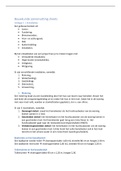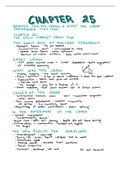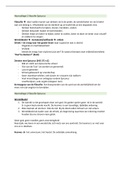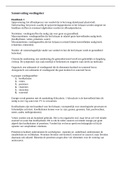Study guide
Regulation of Medicines
Lecture notes, textbook notes, academic articles and class notes on the regulation of medicines. From the London School of Economics and Political Science. Emily Jackson textbook and lecture notes. Ideal for medical law exams and essays! In-depth notes to succeed :) From a top 2:1/1st class stude...
[Show more]













